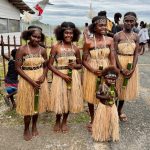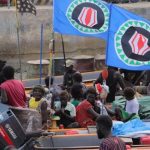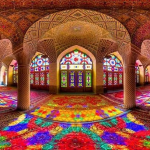You have probably heard the idea that humans might have come from the ocean and that some of us might still be built for it. Most of that is science fiction. But the Bajau people of Southeast Asia make it look real.
While most of us gasp for breath after thirty seconds underwater these people casually dive fifty metres with no tanks no wetsuits and no stress. They are known as sea nomads and they might just be the closest thing to real aquatic humans on Earth.
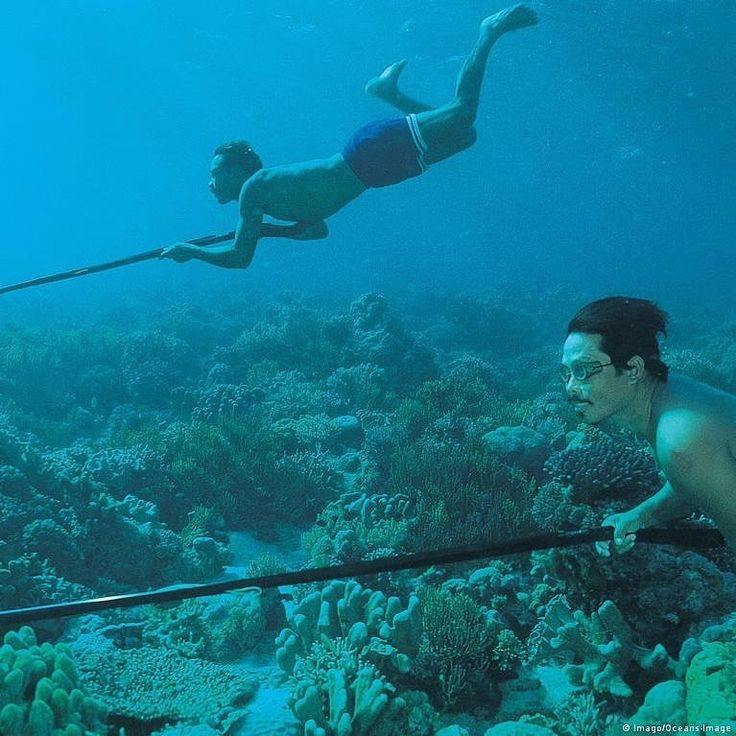
What the Bajau?
The Bajau are an ethnic group spread across the maritime zone of Indonesia Malaysia and the southern Philippines. Some live in villages but many live their lives almost entirely on water. The most traditional Bajau are born on boats grow up on boats and only occasionally step on land to trade or collect supplies. Their entire life is built around the ocean. Kids learn to swim before they can walk. They spear fish with hand made goggles and wooden slings. Some of them dive deeper than most scuba divers will ever go
Their connection to the sea is not cultural. It is physical. It is daily life. They rely on it for food travel and income. The sea is not just something they live beside. It is something they live within
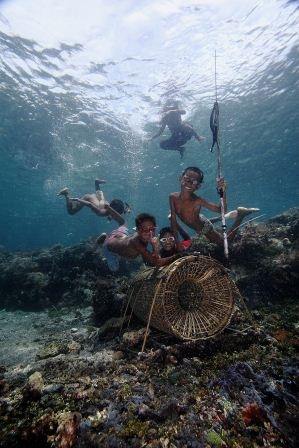
Evolution in Real Time
In one of the strangest and most fascinating human studies in recent years scientists found that the Bajau may have actually evolved for diving. Researchers studied Bajau people in Sulawesi and found their spleens were up to fifty percent larger than average. That is not just some weird party fact. The spleen plays a key role in freediving by releasing oxygen rich blood into the system. A bigger spleen means more oxygen and longer dives
They are literally built for the ocean. Not metaphorically. Biologically
You do not get that way by accident. Generations of daily deep diving likely led to natural selection among the Bajau. Those who could dive deeper and longer had better chances of survival. So over centuries the Bajau have become humans with real underwater superpowers
A Day in Bajau Life
Wake up to the sound of water lapping against the hull. Kids are already swimming and fishing with handmade spears. The elders are prepping boats for a trip out to the reef. Some will go looking for octopus others for trepang or sea cucumbers. These things sell well in Chinese medicine markets. Every adult knows how to dive. Most kids are already better swimmers than tourists twice their age
They use no oxygen tanks no modern gear. Just lungs goggles and ropes. Some dives go as deep as seventy metres. There is no panic no fuss. This is life. The catch is brought back cleaned cooked or dried then sold at the market on the nearest island or to traders who come by boat
Medical care is minimal. There are shamans. There are prayers. There are no insurance plans. If you get hurt you rely on knowledge passed down through generations or hope a storm does not hit before you make it to shore
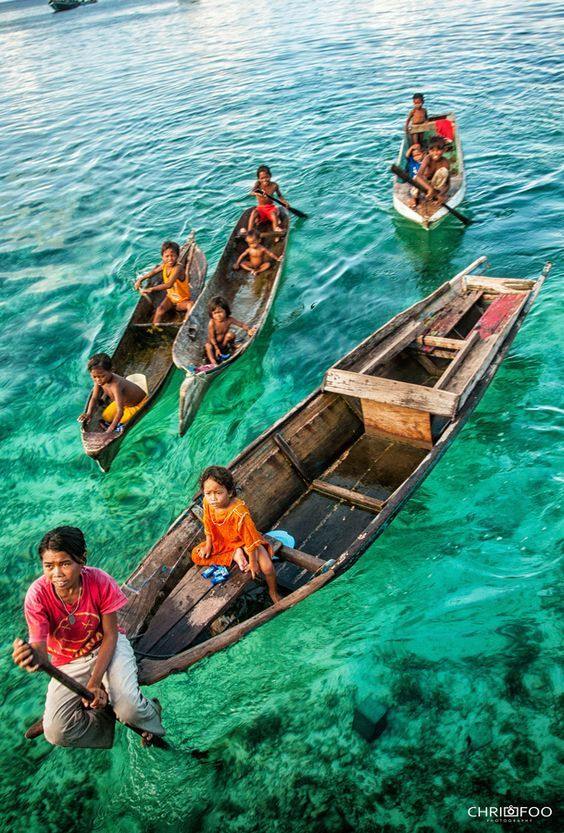
Where to Find the Bajau
You will find Bajau communities in several parts of Southeast Asia but the most accessible and traditional ones are in these three areas
Semporna in Sabah Malaysia
This is the easiest gateway. From here you can reach Mabul Island and other small islands where Bajau Laut still live in stilt houses over the sea. Some live on boats. You can hire a boat and visit the floating villages. Bring cash and a local guide
Wakatobi and Togean Islands in Sulawesi Indonesia
Some of the most remote and authentic Bajau communities are here. They still dive daily and live almost entirely off the ocean. Getting here takes time and patience. Flights into Kendari or Makassar then local ferries or charter boats
Tawi Tawi in the southern Philippines
Off the grid and not for beginners. Tawi Tawi is home to Bajau families still living on the water. You will need permits and a solid fixer to move around safely but if you want to go where very few others do this is it
How to Visit the Bajau Respectfully
These are not tourist shows. These are real people living real lives. Do not come expecting a performance. Bring a guide who speaks the language and knows the customs. Offer food and buy what they are selling. Never point a camera without asking. If you are lucky you will be invited to sit down and share dried fish and rice while children swim circles around your boat
Accommodation in Bajau areas is basic but functional. Stay with local families or small guesthouses where the money stays in the community. Bring all your cash and keep expectations low. There is little to no signal in most places
If you get the chance and you are not a weak swimmer go out with the divers. Watch them work. Try to keep up. You probably will not but that is part of the lesson
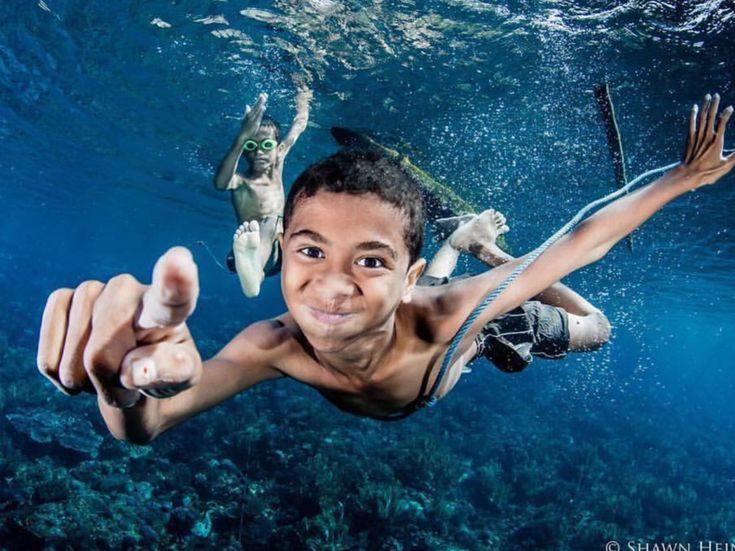
Why the Bajau Matter?
In a world that is rapidly drowning in tech noise and concrete the Bajau are something ancient and raw. They are living proof that humans can still be wild. Still be free. Still be part of the ocean instead of just afraid of it
They are not stuck in the past. They are specialists. They are survivors. They have a knowledge of the sea that no app will ever teach. The modern world is closing in on them fast but for now in a few pockets of water scattered across Southeast Asia they are still out there and visitable.
Click to check our Philippines, Indonesia and Malaysia Tours.



